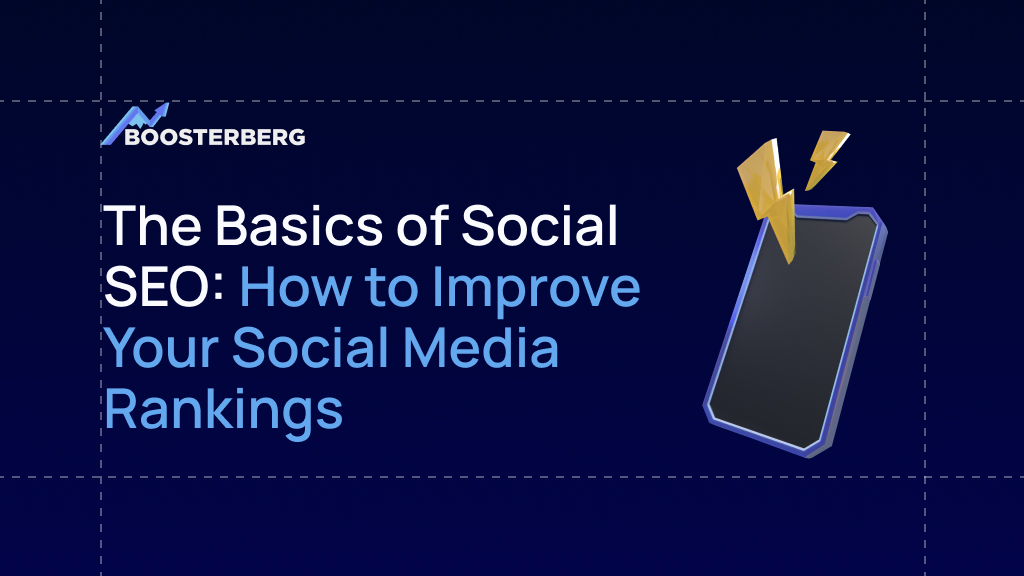The trend of using social media instead of Google to dig out information about brands and products is on the rise. Instead of passively consuming content in the feed served based on who they follow, people are actively searching for information on social media. How come?
We spend a large part of our time on social media channels, which have become the number one source of information. A study conducted by Datareportal in July 2022 revealed that 59 percent of the population uses social media daily for 2.5 hours.
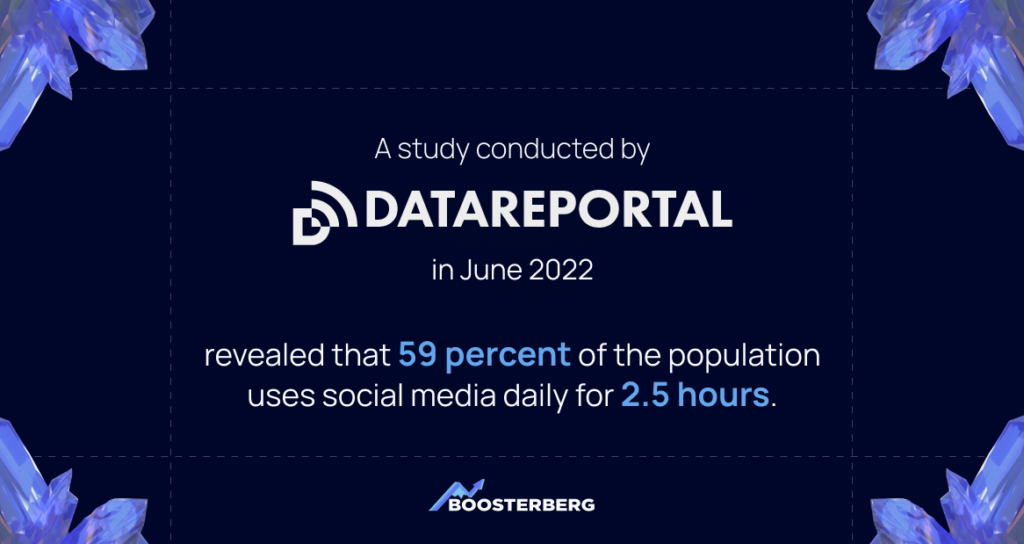
Most users use social media for entertainment and to stay in touch with family and friends. Still, they also use it for the following things:
- Find content (e.g., articles and videos) (30.9%)
- Finding inspiration for things to do and buy (27.9%)
- Finding products to purchase (26.5%)
In other words, these people are researching brands and services using social media instead of traditional search engines.
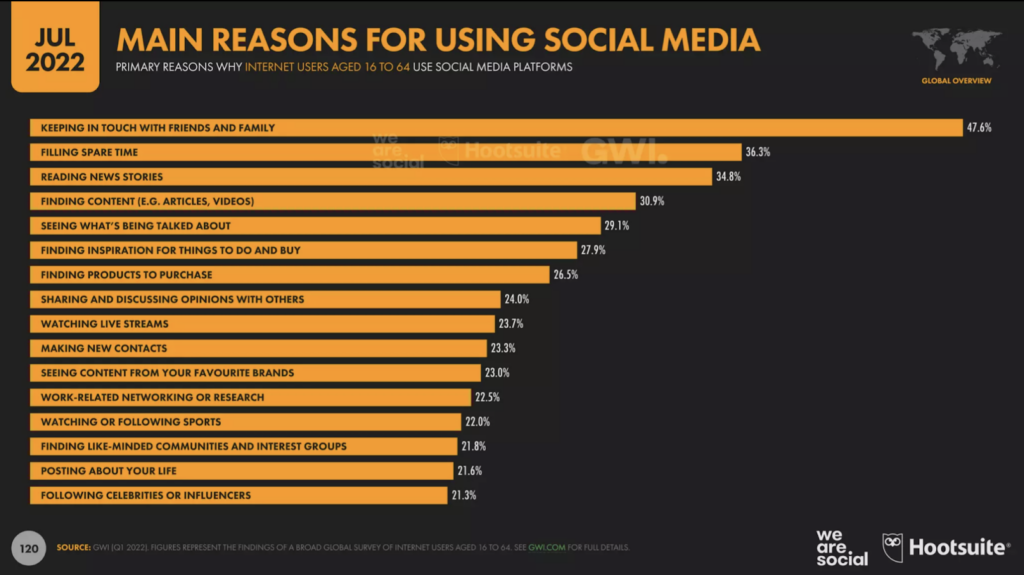
That’s not all. If you have an online store or you’re selling a service, you might be interested in hearing that:
- Including social media images on a product page makes consumers six times more likely to make a purchase.
- Social media users are more likely to buy a product that was recommended by another user (37%) than a product that was recommended by a celebrity/influencer (7%).
All of this just confirms the fact that people use social media to educate themselves before making a purchasing decision, and you should keep this in mind when analyzing your social media efforts.
So let’s see how social SEO can help.
DOING SOCIAL SEO IS FREE
SEO is a term used interchangeably with Google optimization, a practice that has been around for a long time. In SEO, beginners focus primarily on Google and aim to increase traffic organically, without paying for ads or using paid advertising more effectively.
Besides increasing search engine rankings, optimizing your website can also increase conversions. It won’t take long for your website to lose visitors if it isn’t optimized. This means it doesn’t have valuable information that answers their questions, is cluttered, and isn’t intuitive. The same applies to your social media channels.
Even though social media SEO has always been part of the SEO process, it hasn’t received much attention until recently.
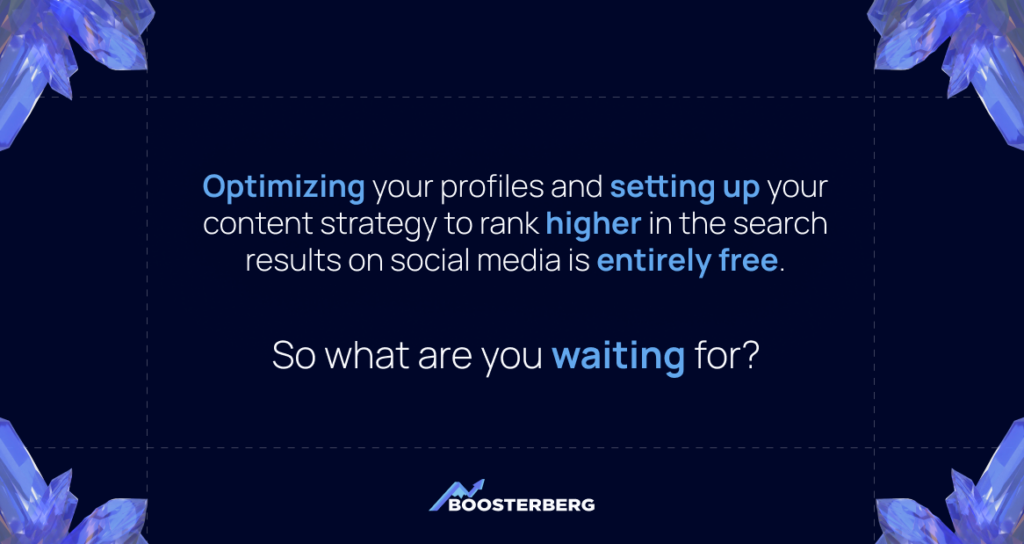
To do social SEO, you must first understand the basics of traditional website SEO. Websites can improve their ranking using search engine optimization techniques in traditional search engines like Google, Yahoo, and Bing. These search engines will suggest the most relevant results depending on the searcher’s location and previous activity.
A similar thing happens when a user searches for something on social media. However, there is a difference between social media search engines and social media feeds.
Feed vs. Search
A different factor affects how your content is displayed in social media feeds. Each channel has its algorithm that determines when and to whom your content is shown. Getting organic results from social media seems almost impossible, as algorithms change frequently and strategies fall victim to each change. When it comes to being seen in the feed of people scrolling, you’re very much dependent on algorithms and paid campaigns.
But optimizing your profiles and setting up your content strategy to rank higher in the search results on social media is entirely free! And considering the above-mentioned statistics, how more and more people are using social media channels as search engines and are not just mindlessly scrolling through their feeds, social SEO should be a key part of your social strategy.
So, forget about the feed for a second (gasp!) and think of social media as a search engine. Brands that are most relevant to what users are searching for will rank higher. They are actively searching for you there. Make sure you’re visible.
HOW TO DO SOCIAL SEO
According to Hootsuite:
Social SEO is the practice of adding text-based features like captions, alt-text, and closed captions to your posts to help people browsing social platforms easily find your content.
With this in mind, we’ll analyze the most popular social platforms’ search engines separately: Facebook and Instagram, and suggest the minimum you can do to optimize them.
But before we start, one requirement: To do any kind of SEO, you should have a keyword or phrase you want to rank for. (For example, if you’re a real estate agent, you want to use “real estate” wherever possible.)
Facebook Social SEO
Facebook Page details
Now that we’ve selected our keyword, let’s use it. Ensure that your Facebook page’s URL, title, description, and About section contain your main keywords.
Facebook Page Business Address
If you want people to know where you operate, you must provide an address. Make sure your Page profile includes your business address. Your local search ranking will improve as a result.
Add accurate opening and closing hours.
So that people can easily find out when to visit you.
If you have a website, make sure to include it in the page details.
To a user, there is nothing worse than not being able to easily go from a brand’s social media profile to their website.
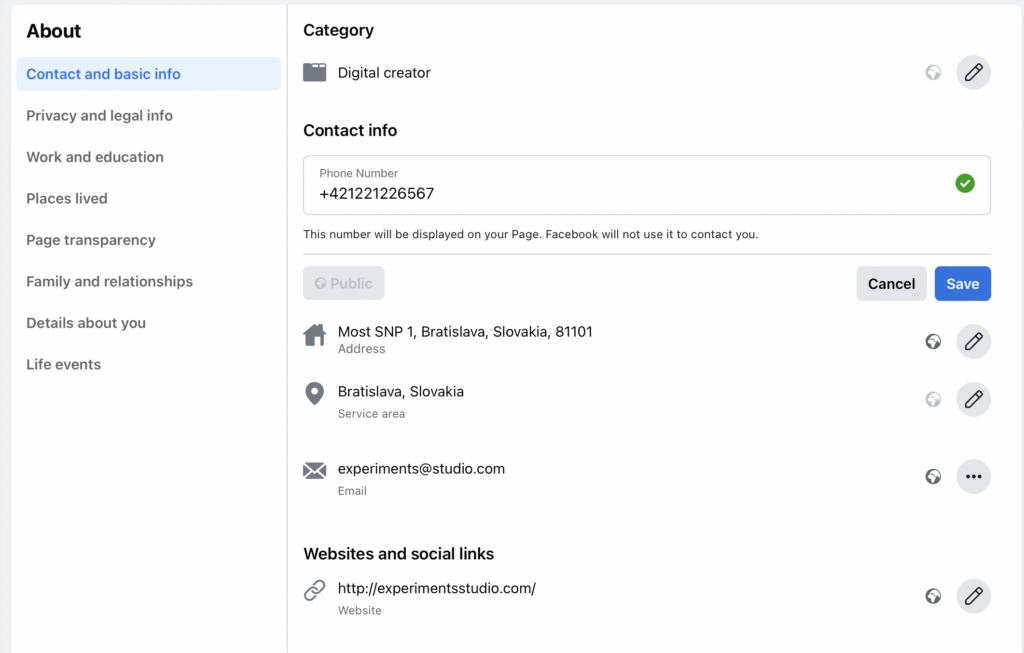
Multiple Locations pages
For example, if you have multiple coffee shops, you should create separate pages for each one. As a result, you will rank higher in local search results instead of showing users only one location. Take a look at it from a user’s perspective. If you are looking for a coffee shop in a particular area to see if they are open or what they offer, you know the struggle of finding the page for only one location and then trying to figure out whether the opening hours or offers are the same at another.
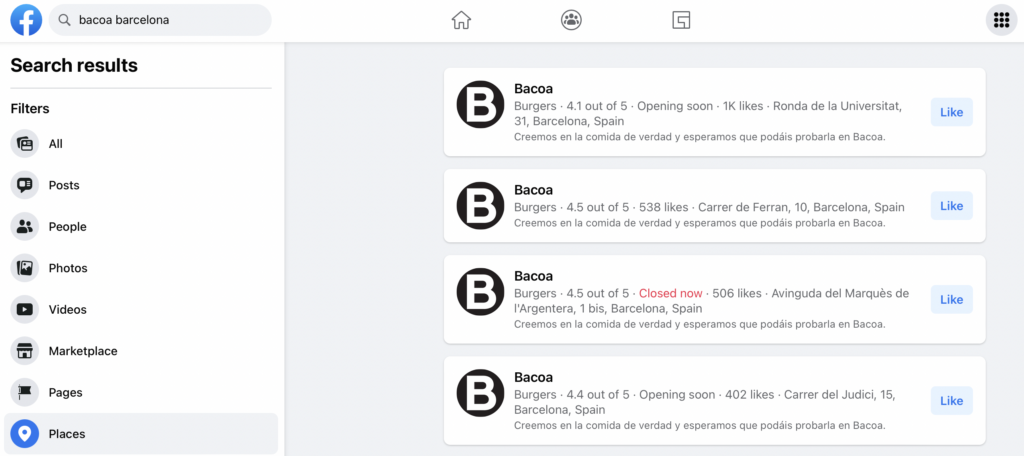
Keywords
Last but not least, include your keywords in your posts, but make sure you don’t sound like a robot while doing it. Be creative, but use them both in your posts and photo captions.
Instagram Social SEO
Instagram Profile
Complete your Instagram profile thoroughly. Instagram’s search engine looks for terms in usernames, bios, captions, hashtags, and locations. You should include your keywords in all of these fields.
Instagram handle and profile name
Select a profile name relevant to your content. If you already have a substantial following on Facebook, for example, and you’re using your brand’s name there, then use it on Instagram too. To increase your chances of being found, use your brand name and, if possible, include your keywords.
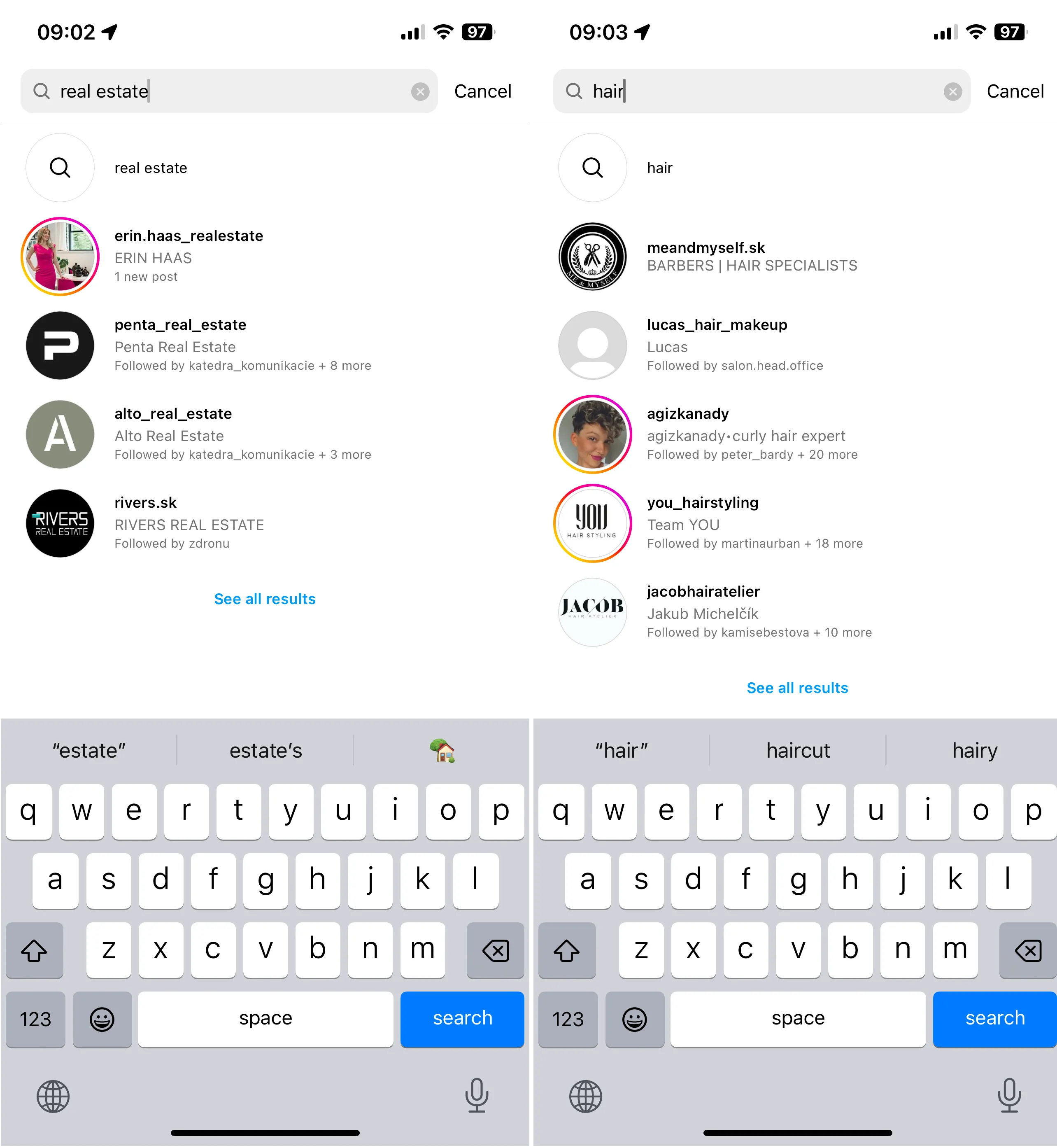
Use location
Do you remember Foursquare? That was one helpful app, but now Instagram has taken its place. As a traveler, the first place you check when looking for a good restaurant or coffee shop is probably Google. And then Instagram. Thanks to Instagram, you can also find restaurant listings paired with real customer photos, and it doesn’t get more practical than this. This is why you should tag your store/coffee shop/restaurant location on Instagram.
Use relevant hashtags in your posts
Careful – not in the comments, though. The hashtags and keywords must be in the caption for Instagram to consider them when it comes to search results. Don’t use too many of them; limit yourself to only the most relevant ones.
Alt text
Alt text, also called alt tag or alt description, is the text that appears instead of an image if the image fails to load for some reason.
According to Moz:
Alt text is read aloud by screen readers used by visually impaired users, displays in place of an image if it fails to load, and is indexed by search engine bots to better understand your page’s content.
You can use alt tags on Instagram in your posts to ensure your search engine understands what is in your photos. Even though Instagram uses automated object recognition technology and creates auto-alt tags, it’s not perfect, and it’s better if you add them yourself.
How do you add alt tags?
When posting a photo to your Instagram feed, go to Advanced Settings at the bottom of the New Post interface. Next, you’ll see the option Write alt text under Accessibility. Once you click on that, you can add your alt text. Be as descriptive as possible and use your keywords.
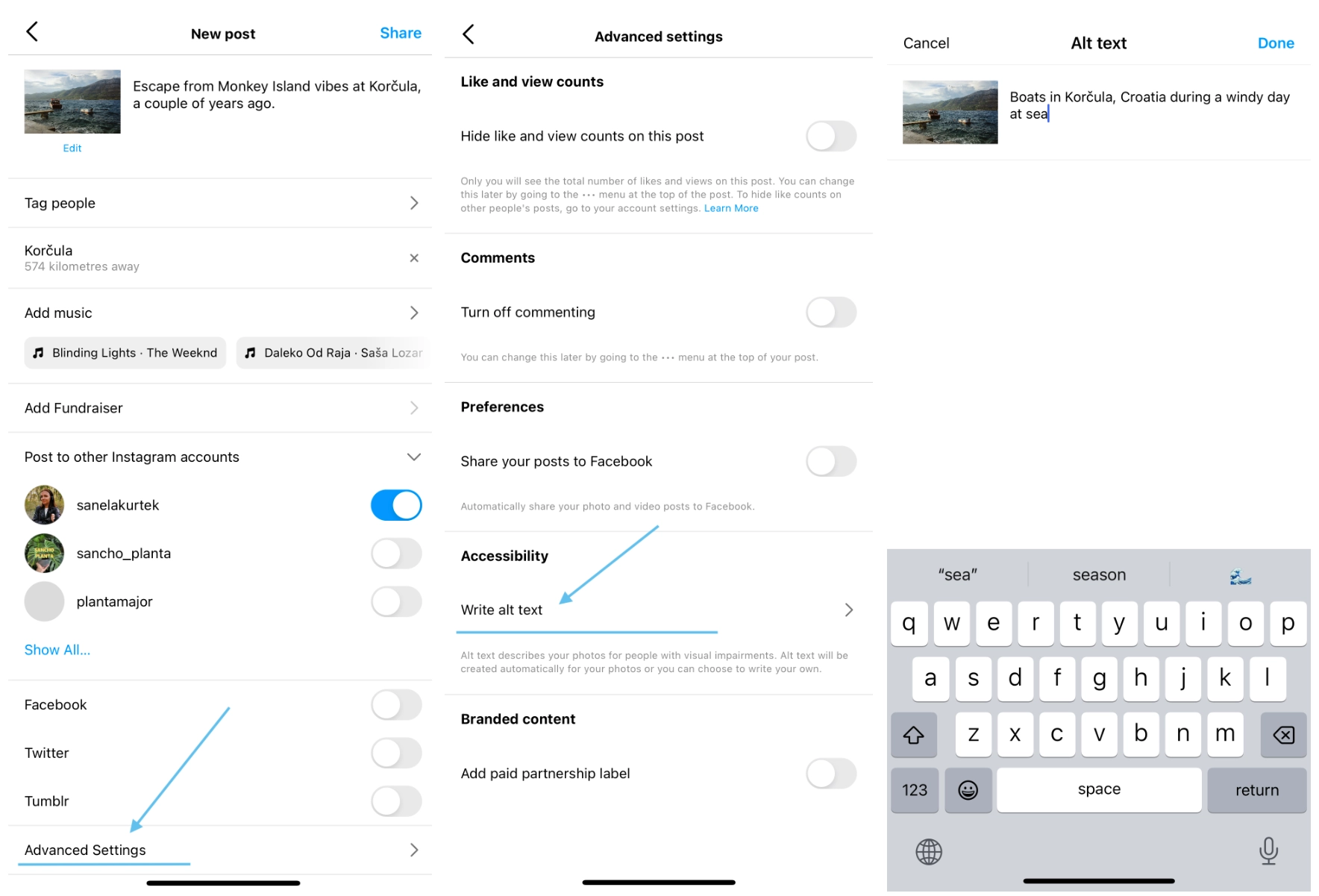
To sum up
Social SEO is integral to your marketing strategy, so don’t forget about it. While in the feed, you’re dependent on the algorithm and paid campaigns, optimizing your social media profiles for the search engine is free. It is a great way to support your other promotional strategies and increase your chances of being seen.
However, even if you do everything we’ve mentioned in this article, don’t expect immediate results. This is just the bare minimum; content is king, as with everything on social media. Even if you optimize your profiles to such an extent that there isn’t anything else to do, you still need to produce relevant, high-quality content for your followers.
